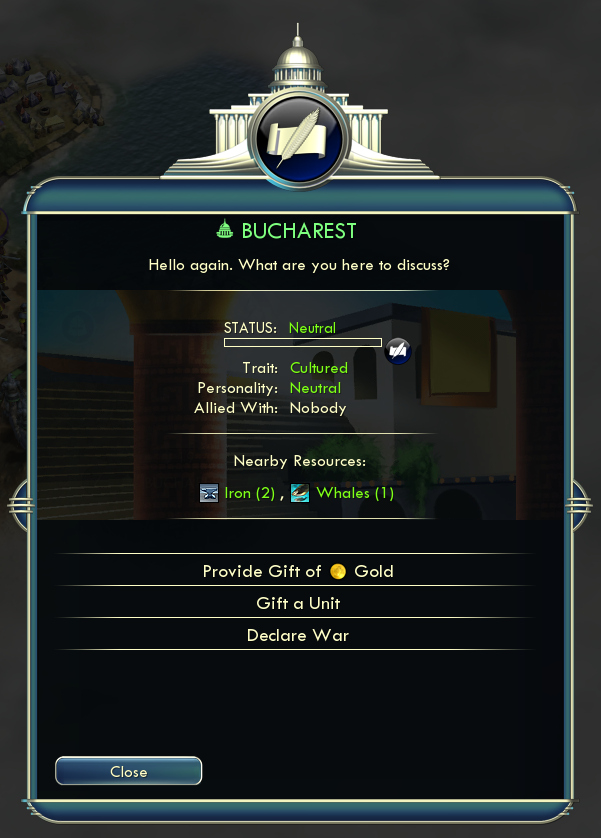
She and Albert were quite interested in science, and in 1851 they inspired the hugely successful Great Exhibition in the Crystal Palace, the proceeds going to establish a number of public museums, including the Albert and Victoria museum which remains one of the world's finest museums even today. The couple was very much in love and co-ruled for twenty years. At 20 she married Prince Albert, to whom she bore nine children. She took the throne at 18, after the death of her uncle, King William IV. Victoria served as English monarch for 64 years - the longest reign in English history. At the peak of its power, the phrase "the empire on which the sun never sets" was often used to describe the British Empire, because its expanse around the globe meant that the sun was always shining on at least one of its territories. As a result, its political, legal, linguistic and cultural legacy is widespread. The empire covered more than 33,700,000 km 2 (13,012,000 sq mi), almost a quarter of the Earth's total land area. By 1922 the British Empire held sway over about 458 million people, one-fifth of the world's population at the time.

At its height, it was the largest empire in history and, for over a century, was the foremost global power. It originated with the overseas possessions and trading posts established by England between the late 16th and early 18th centuries. The British Empire comprised the dominions, colonies, protectorates, mandates and other territories ruled or administered by the United Kingdom.


 0 kommentar(er)
0 kommentar(er)
